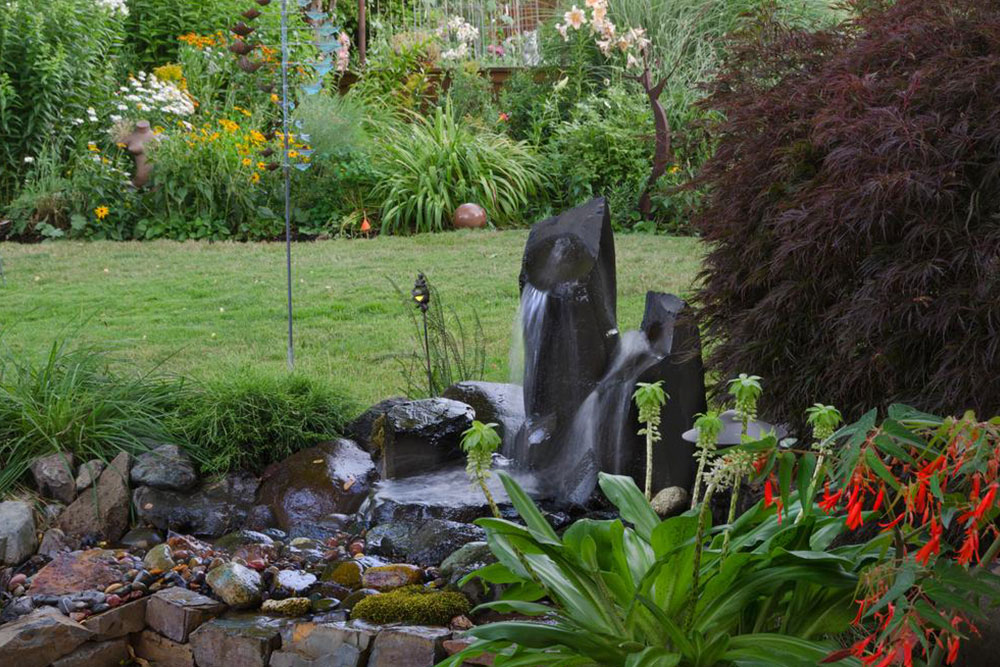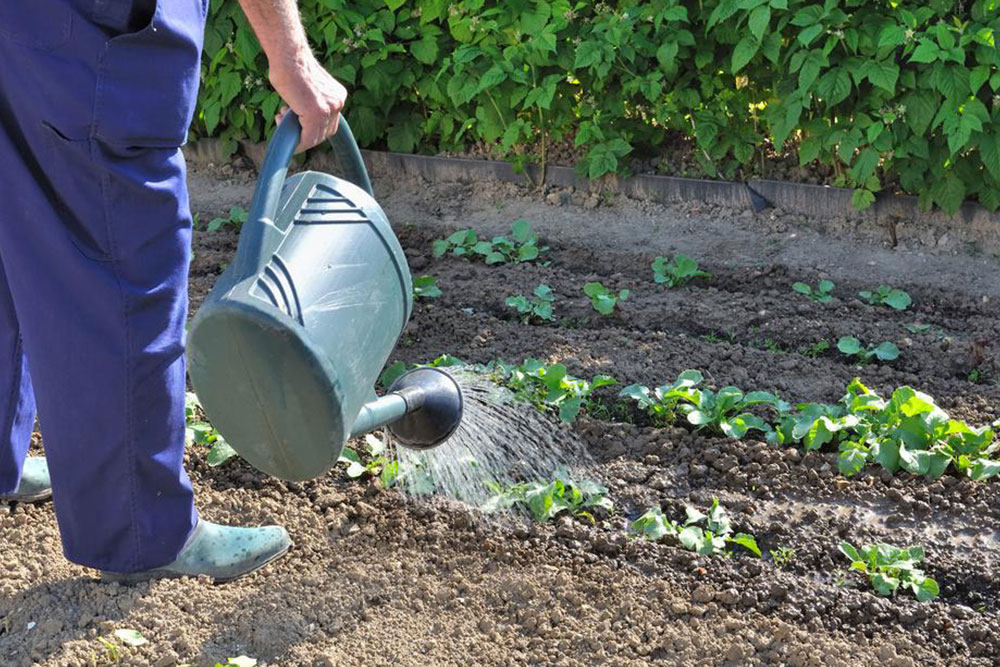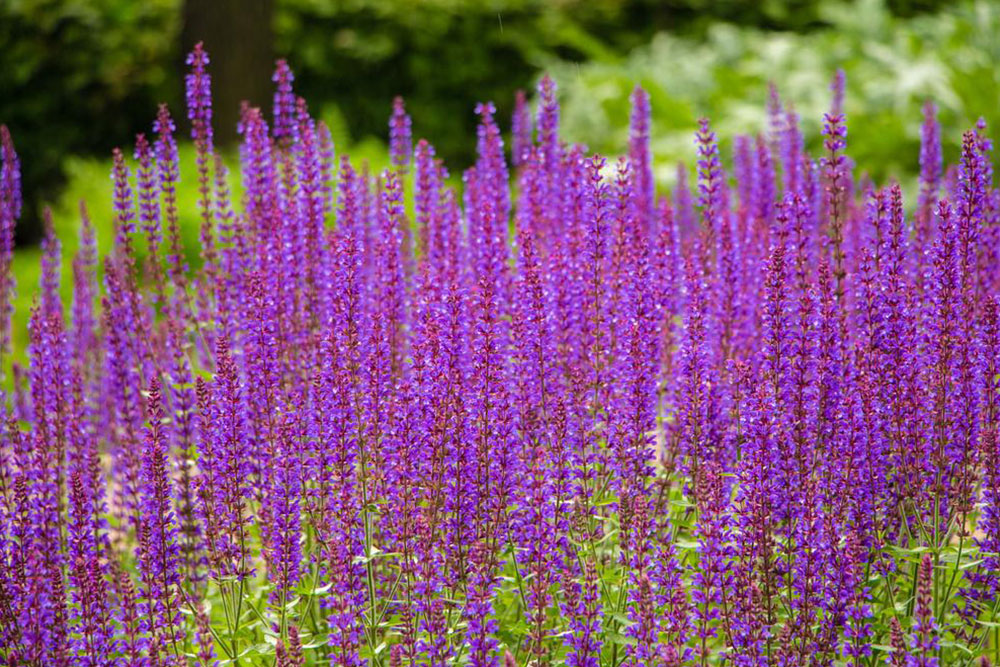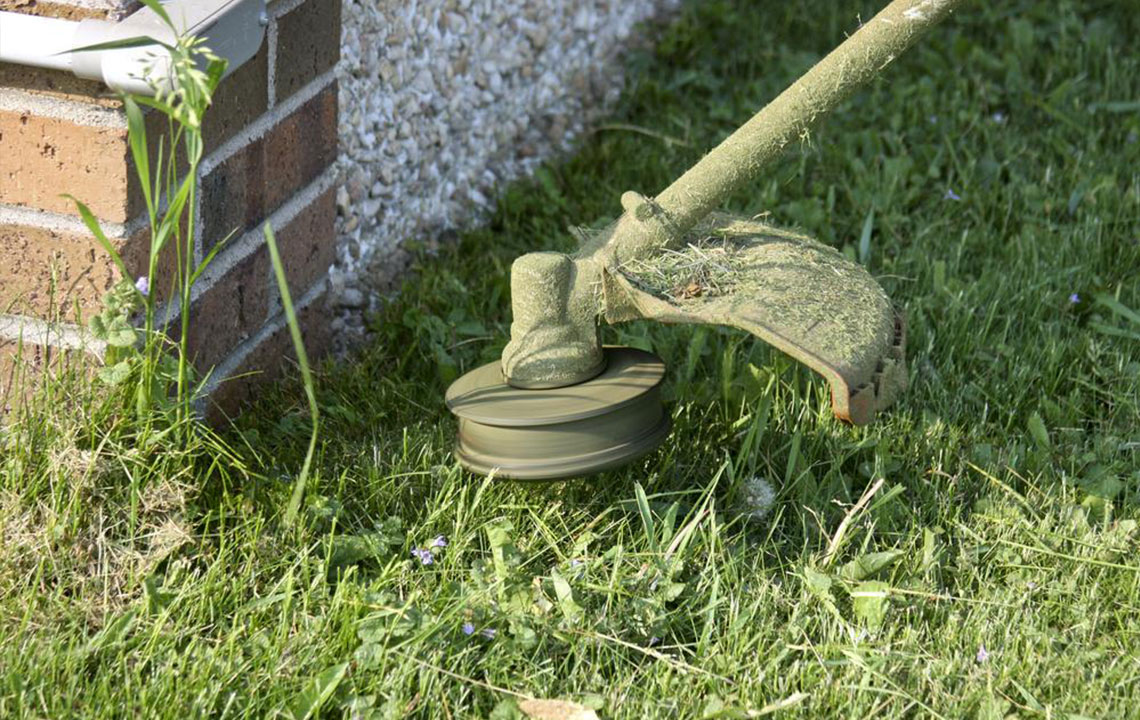Understanding Limitations of Planting Zone Maps
This article explores the limitations of planting zone maps, highlighting factors like micro-climates, soil conditions, and unexpected weather patterns that influence plant growth. Understanding these nuances helps gardeners make more informed decisions for successful planting beyond zone classifications.
Sponsored

While temperature-based planting zones and heat zones are valuable guides, they do not reveal the full story of successful planting. Other climatic factors like humidity, rainfall, and wind conditions significantly impact plant growth. These maps are created using average temperatures and do not account for sudden weather shifts, such as unexpected frosts or temperature drops below the expected range. Therefore, hardiness zones are not guarantees against colder-than-expected winter temperatures.
Soil quality and fertility, as well as local micro-climates, are factors that large zone maps cannot capture. Micro-climates, such as mountain slopes, sheltered pockets, or areas near streams, can create unique growing conditions that differ from general zone classifications. These small zones can either help or hinder plant health depending on local weather variations. To better understand your micro-climate, observe your yard’s temperatures and plant growth. Plants that struggle might indicate colder pockets, while thriving plants that are typically less hardy could signal warmer micro-climates. Taking these factors into account alongside zone maps provides a more accurate assessment for successful gardening.






